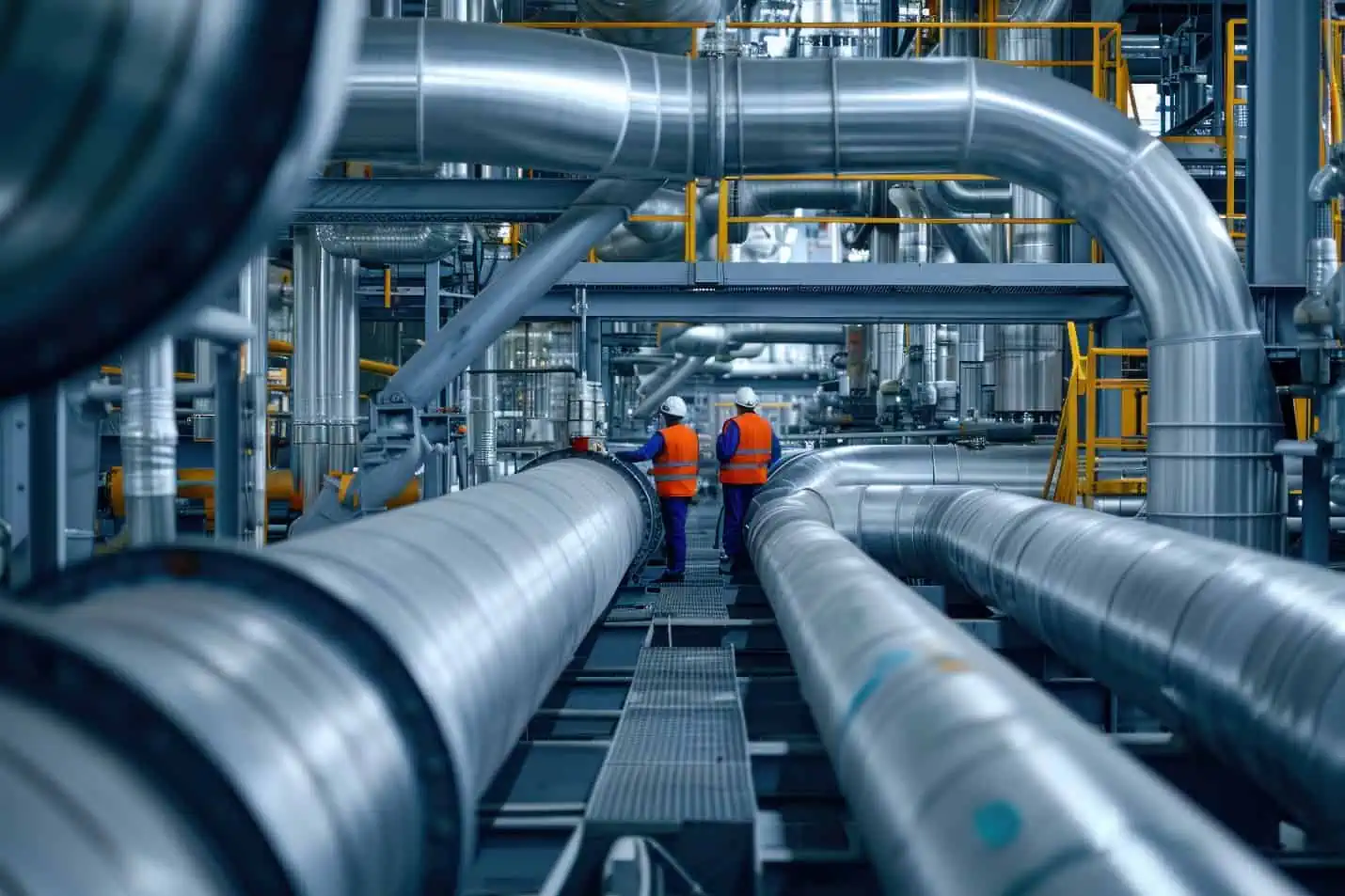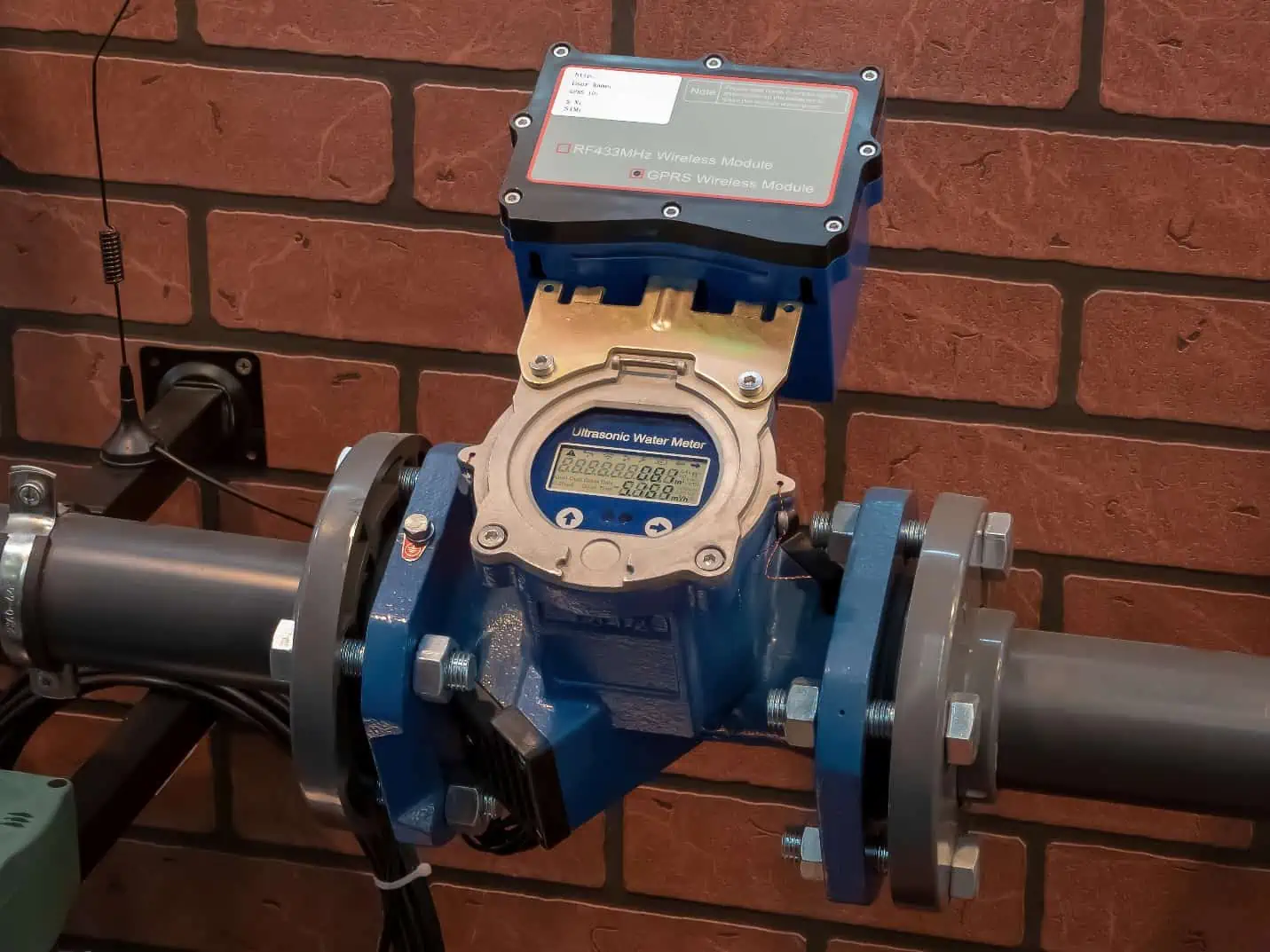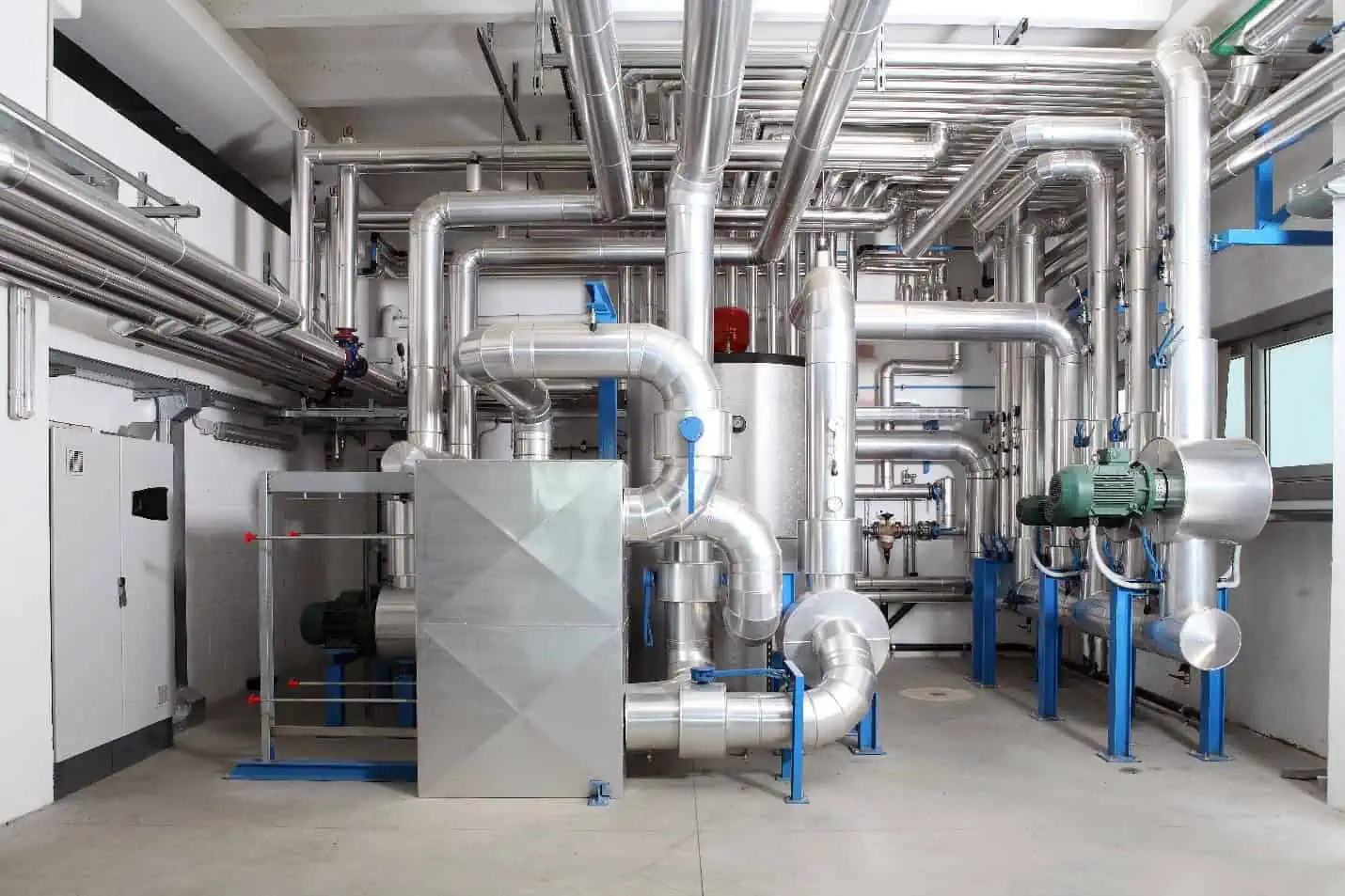Volume flow rate is a measure of the amount of fluid that passes through a specific cross-sectional area per unit of time. It is commonly expressed in units such as cubic meters per second (m³/s) or liters per minute (L/min).

In this article, we will explore the fundamentals of volume flow rate, including its units of measurement, measurement methods, and applications in different industries.
Fundamentals of Volume Flow Rate
Volume flow rate is an essential parameter in fluid dynamics, defined as the volume of fluid that passes through a given cross-sectional area per unit time. Its calculation is critical in various engineering applications, from hydraulic systems to aerodynamics. In general, its value is influenced by several factors including the fluid’s properties and the geometry of the flow channel.


Elevate Your Engineering With Excel
Advance in Excel with engineering-focused training that equips you with the skills to streamline projects and accelerate your career.
The basic formula for volume flow rate is:

Where:
- A = cross-sectional area of the flow [m2]
- V = fluid velocity [m/s]
In the context of incompressible flows, where density remains constant, the continuity equation simplifies the relationship:

Where:
- Qin = volume flow rate entering a system [m3/s]
- Qout = volume flow rate exiting the system [m3/s]
This indicates that for a steady flow of incompressible fluid, the volume flow rate at any two points along the streamline is constant, assuming no fluid is added or removed. For compressible flows, however, changes in density must be considered, adjusting the basic calculation to account for variations in fluid properties under different pressure and temperature conditions.
It is important to remember that real-world scenarios often involve more complex situations such as turbulent flow, non-uniform velocities, and viscous effects, which may require the application of more sophisticated calculations and considerations. Understanding and accurately determining volume flow rate is fundamental to the design and analysis of engineering systems, ensuring their efficiency and effectiveness in real-life applications.
Units of Measurement
The standard unit for volume flow rate in the International System of Units (SI) is cubic meters per second (m³/s). However, depending on the context, other units may be used. Here are some common units and their conversions:
Cubic Meters per Second (m³/s):
- 1 m³/s = 1,000,000 cubic centimeters per second (cm³/s)
- 1 m³/s = 1,000 liters per second (L/s)
Liters per Second (L/s):
- 1 L/s = 1,000 cubic centimeters per second (cm³/s)
- 1 L/s = 0.001 cubic meters per second (m³/s)
Cubic Centimeters per Second (cm³/s):
- 1 cm³/s = 0.000001 cubic meters per second (m³/s)
- 1 cm³/s = 0.001 liters per second (L/s)
Cubic Feet per Second (ft³/s):
- 1 ft³/s ≈ 0.0283168 cubic meters per second (m³/s)
Gallons per Minute (GPM):
- 1 GPM ≈ 0.00378541 cubic meters per second (m³/s)
- 1 GPM ≈ 3.78541 liters per second (L/s)
Measurement Techniques
There are several methods that can be used to measure volume flow rate, depending on application and required accuracy.
Differential Pressure Method
The Differential Pressure Method measures volume flow rate by calculating the pressure drop over an obstruction in the flow path. Devices such as orifice plates, flow nozzles, and Venturi tubes induce a pressure differential, and the flow rate can be determined using the Bernoulli’s principle, correlating the pressure drop with flow velocity.
Positive Displacement
Positive Displacement flow meters measure the flow rate by segmenting the fluid into discrete volumes and counting the number of segments passing through the meter. These meters provide high accuracy and are commonly used for high-viscosity fluids where other methods may be less effective.
Velocity Area Method
The Velocity Area Method involves calculating flow rate by multiplying the cross-sectional area of a pipe or channel by the velocity of the fluid. This technique often uses a combination of flow velocity measurements and geometric calculations to determine flow rates in channels and pipes.
Ultrasonic Flow Meters
Ultrasonic Flow Meters use high-frequency sound waves to measure flow velocity.

By transmitting ultrasonic pulses through a fluid and measuring the time it takes to traverse the flow, these meters can calculate volume flow rate without intrusion, making them suitable for a wide range of applications.
Magnetic Flow Meters
Magnetic Flow Meters utilize Faraday’s Law of Electromagnetic Induction, where a magnetic field is applied to a conductive fluid, inducing a voltage proportional to the velocity of the fluid. These meters are highly accurate for conductive fluids and offer the advantage of not having any moving parts or obstructions in the flow path.
Applications
Optimal system performance and safety compliance in various fluid flow systems depend on the precise measurement and control of volume flow rates.
Industrial Processes
In manufacturing and chemical processing, maintaining a specific volume flow rate is vital for ensuring product consistency and quality. For instance, in pharmaceutical production, accurate dosing of liquids depends on reliable flow measurements. Equipment such as flow meters is calibrated to provide precise control, essential in processes like continuous reactions and batch manufacturing.
Water Management
Water treatment facilities use volume flow rate data to monitor and adjust the treatment of water, ensuring it meets safety standards before distribution. The flow rate affects the contact time with treatment chemicals, which is essential for effective disinfection. Similarly, in irrigation systems, flow rate control is necessary for distributing water evenly across agricultural fields, optimizing water use and crop yield.
HVAC Systems
Effective Heating, Ventilation, and Air Conditioning (HVAC) relies on the correct calculation of air volume flow rates.

In these systems, balanced flow rates ensure adequate air distribution, which contributes to maintaining indoor air quality and comfort while optimizing energy consumption. Accurate flow measurements are employed to design ductwork and select appropriate fan and blower sizes.
Medical Devices
Medical devices, such as ventilators and infusion pumps, depend on strict volume flow rate control for patient safety. In ventilators, precise flow rates are critical in delivering the correct volume of air to support breathing. Infusion pumps must administer medication at a set flow rate to avoid under- or overdosing patients, highlighting the importance of accuracy in medical applications.
